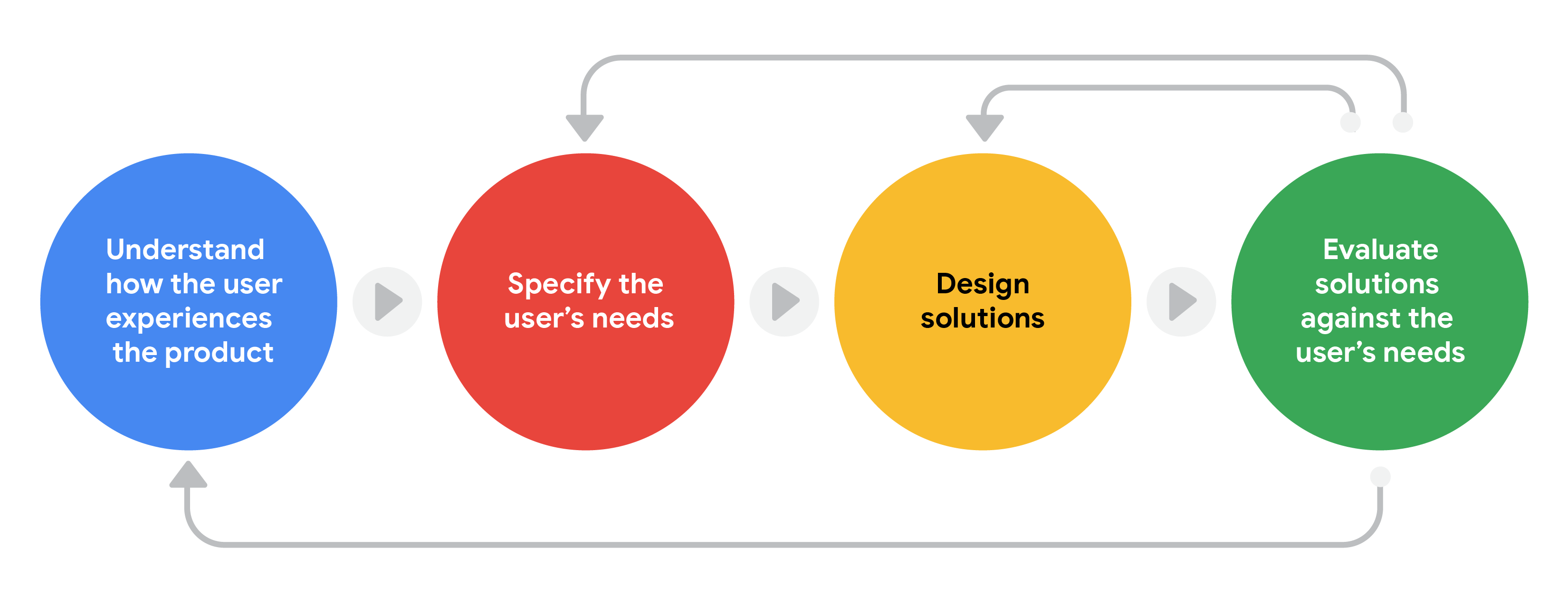Common UX Research Methods
Understanding your users is one of the most essential parts of UX design. You’ve already learned about the problems that can come up when designers make assumptions about their users and their needs. So how do you avoid making those assumptions? By doing research! In this reading, you’ll explore some common research methods used by UX designers.
Types of research
There are two ways to categorize research: who conducts the research and the type of data collected.
The first way to categorize research is based on whoconducts the research: primary research and secondary research.
Primary research is research you conduct yourself. Information from direct interactions with users, like interviews, surveys, or usability studies, are considered primary research.
Secondary research is research that uses information someone else has put together. For example, using information from sources like books, articles, or journals is considered secondary research.
The second way to categorize research is based on the type of data collected: qualitative or quantitative.
Qualitative research is primarily collected through observations and conversations. Qualitative research is based on understanding users’ needs and aims to answer questions like “why” or “how did this happen?”
Quantitative research focuses on data that can be gathered by counting or measuring. Quantitative research is based on numerical data that’s often collected from large-scale surveys. This type of research aims to answer questions like “how many?” and “how much?”

All four of these types of research can intermix. Primary and secondary research can be both qualitative and quantitative. For example, an interview is qualitative research. An interview conducted by you is primary research. If you review an article about an interview conducted by someone else, it’s secondary research. It’s important to be able to identify the difference between these types of research because the data you collect forms the basis of your design decisions.
Read More







Recent Comment